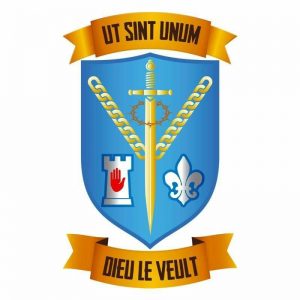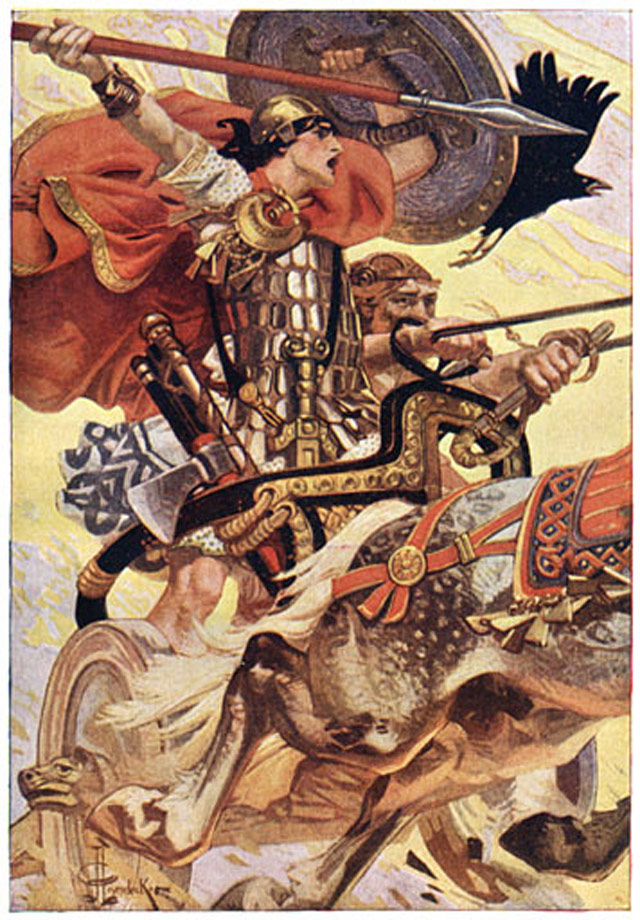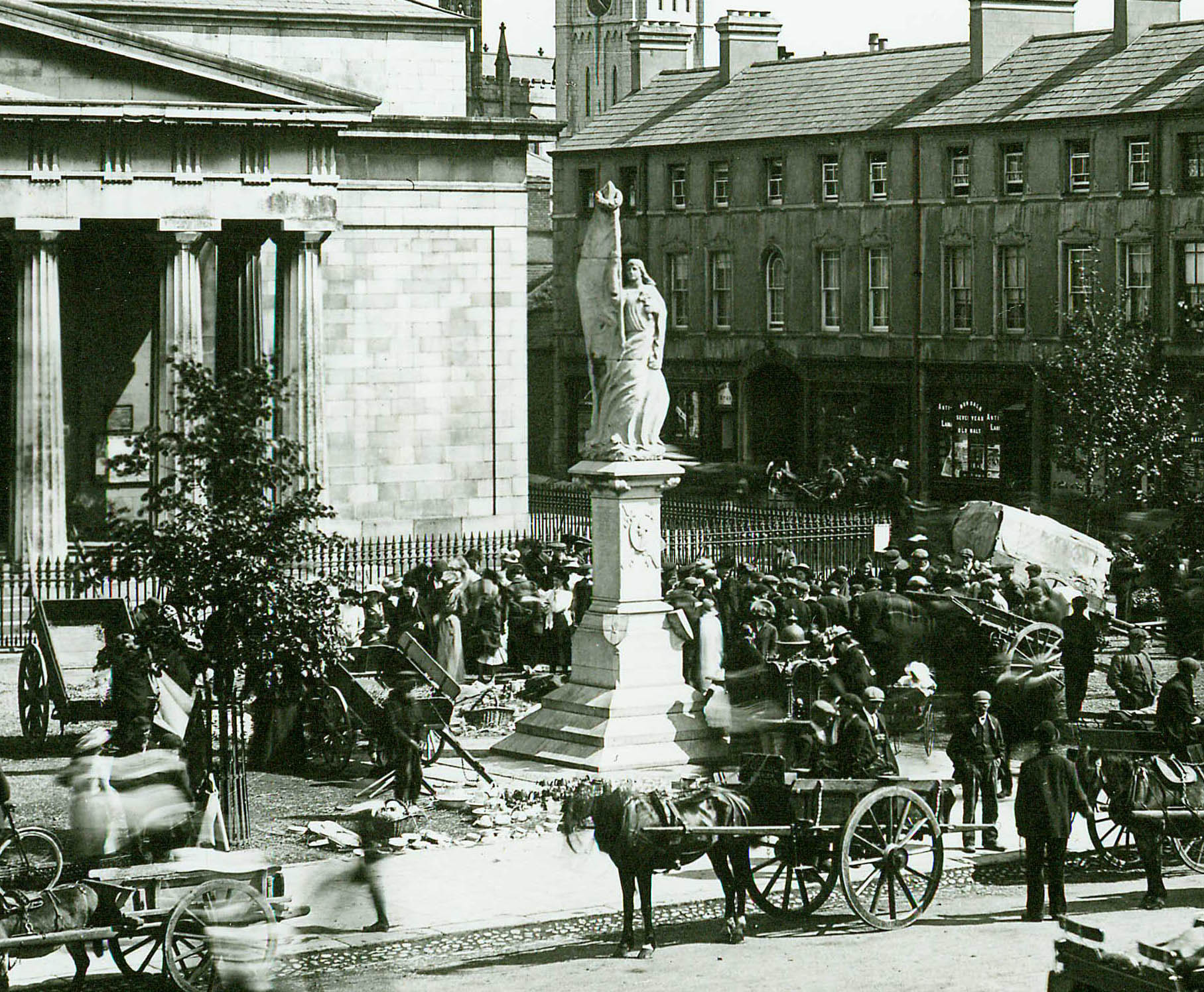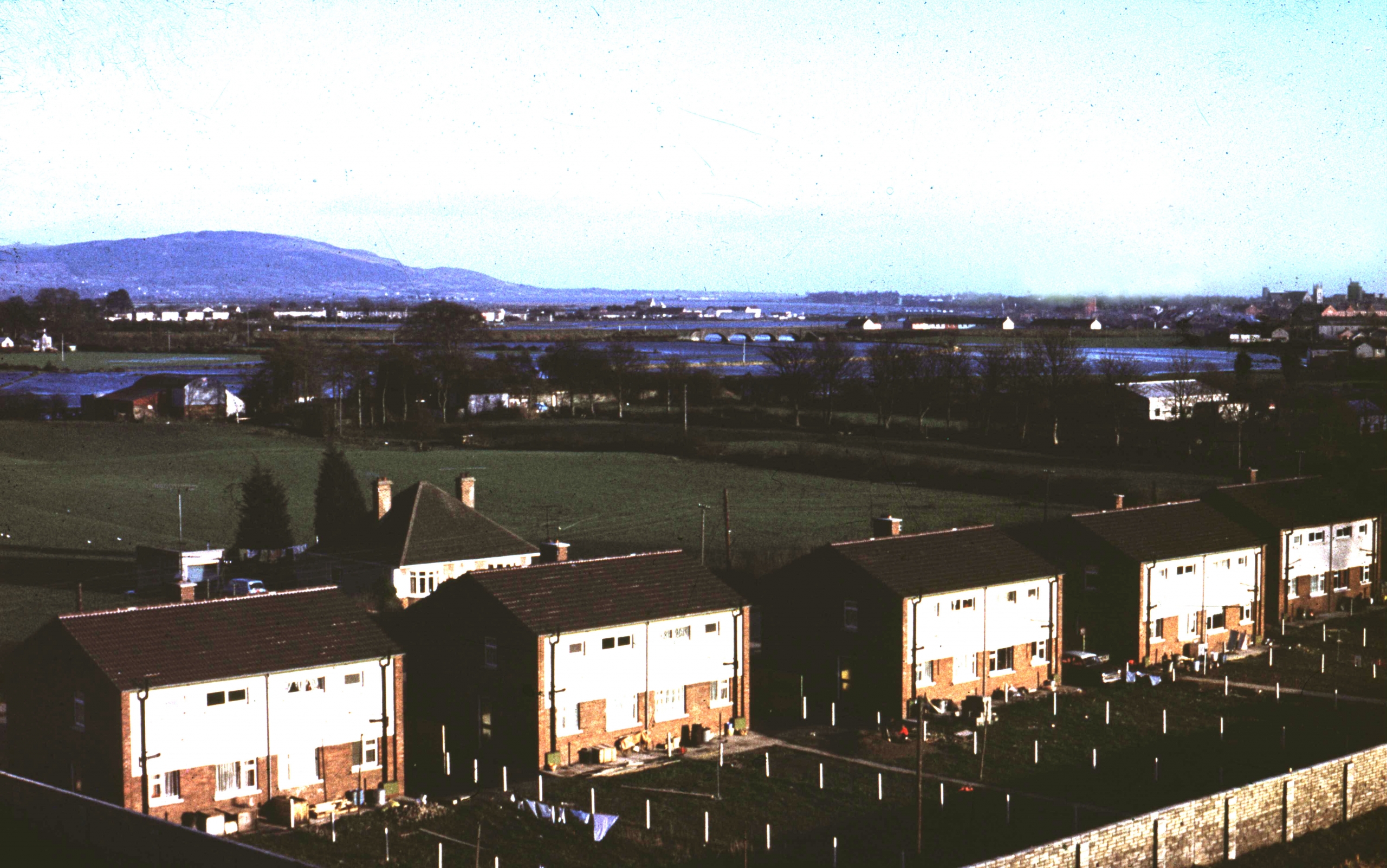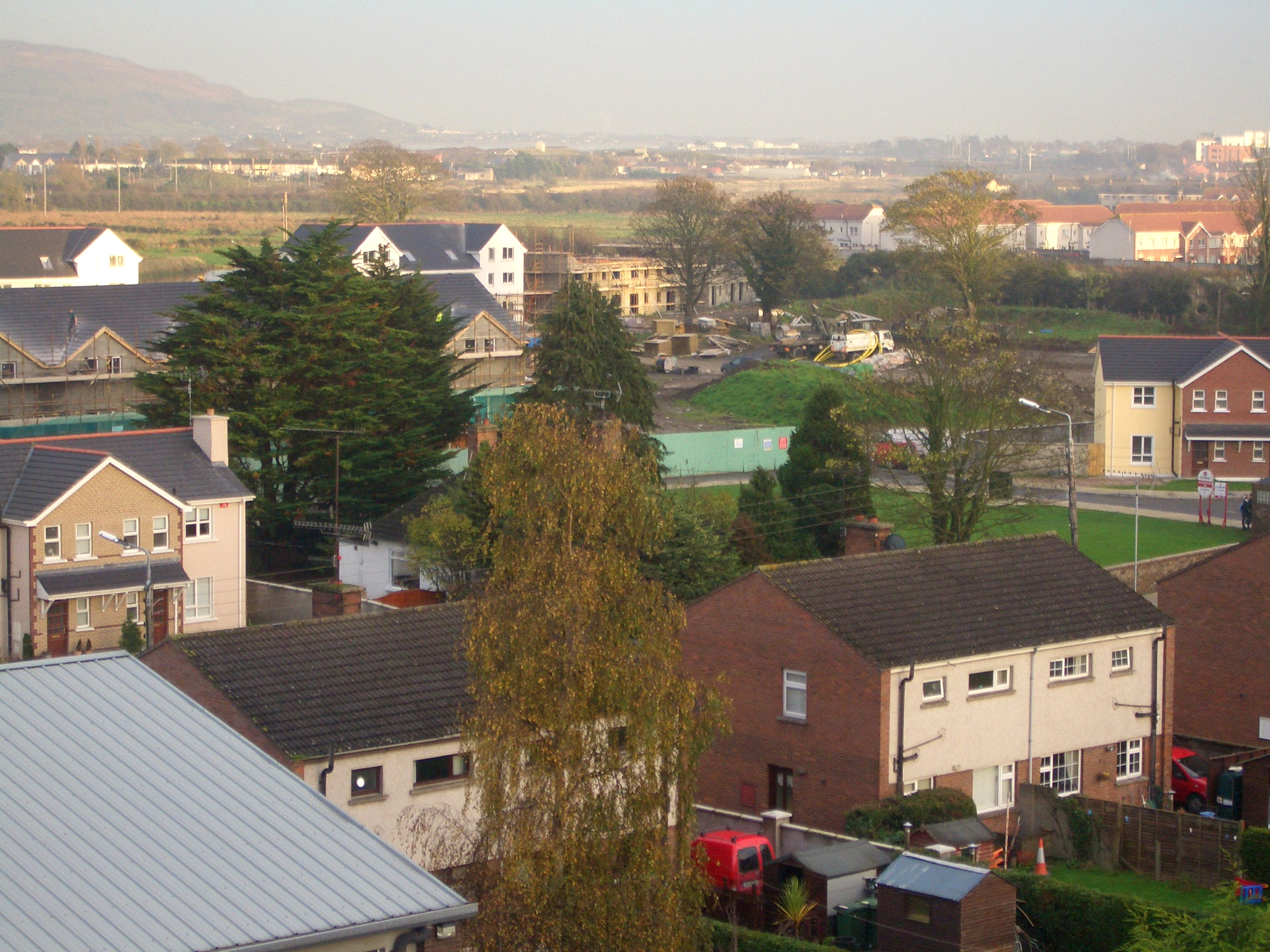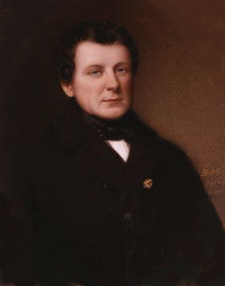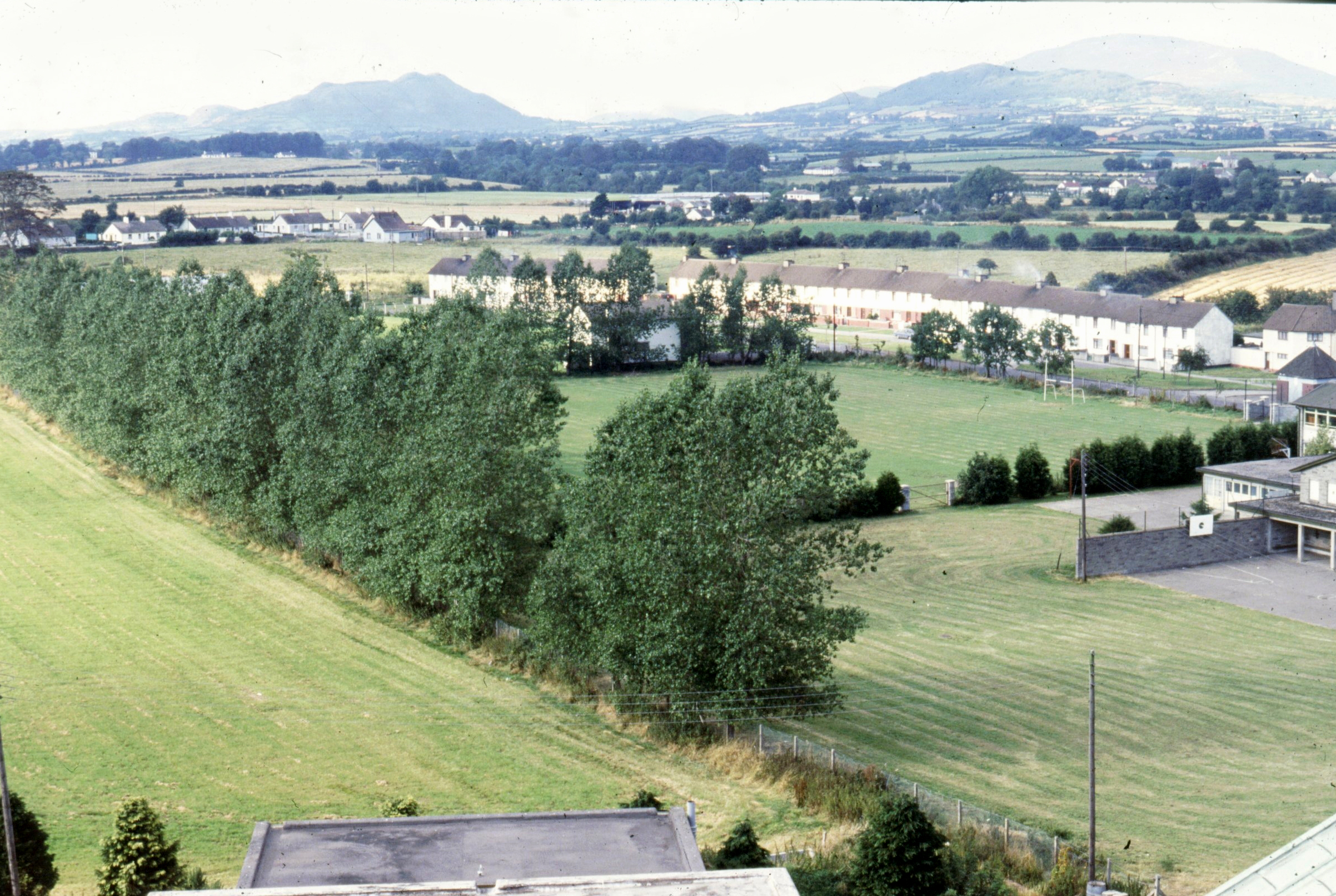Castletown’s Own Pirate!
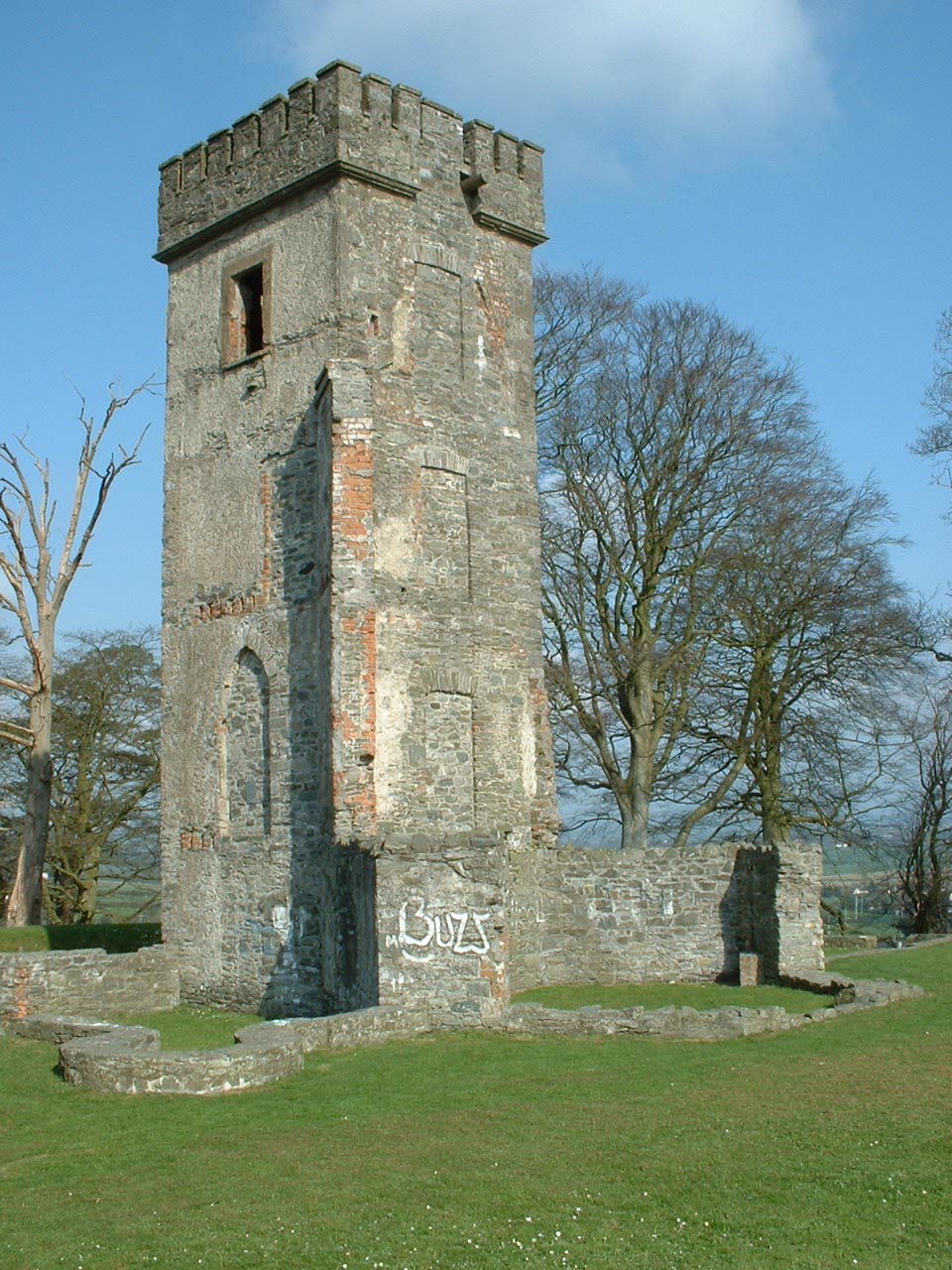 Patrick ‘Pirate’ Byrne was one of the great 18th century personalities of Castletown. He lived at Saltown in a fine house with walled gardens on the banks of the river where he ran a salt manufacturing business. It would seem that he wasn’t a real ‘pirate’, but earned the title as a result of freetrading and smuggling activities. There was a small quay at Saltown and this would have been used for ‘importing’ fine wines, linen, etc. without paying excise duties.
Patrick ‘Pirate’ Byrne was one of the great 18th century personalities of Castletown. He lived at Saltown in a fine house with walled gardens on the banks of the river where he ran a salt manufacturing business. It would seem that he wasn’t a real ‘pirate’, but earned the title as a result of freetrading and smuggling activities. There was a small quay at Saltown and this would have been used for ‘importing’ fine wines, linen, etc. without paying excise duties.
His great wealth would have been common knowledge and in 1780 seven robbers armed with pistols entered Saltown and demanded his keys and money. Patrick had the guile to give them the keys to his cellar and they proceeded to attempt to drink the contents. The militia were sent for and the drunken intruders arrested. At that time burglary was a capital offence and the seven were hanged at Gallows Hill in Dundalk, where the Garda Station is presently situated.
In the same year he constructed a house on Castletown Mount for his nephew, ‘Patrick Byrne of Seatown’. A straight road ran from Saltown directly to the Mount following the N side of the graveyard. It has been suggested that this construction was intended as a display of wealth or one-upmanship. Situated on the most prominent site in the area it would have overlooked Dundalk House and the demesne of James Hamilton in the town below. Byrne was typical of the rising Catholic middle-class at this time of economic prosperity under Grattan’s Parliament. It may not have been used by the Byrnes as a family home but rather as a summer residence and was sometimes referred to as ‘Byrne’s Folly’.
Patrick Byrne died in 1791 and is buried in a very distinctive tomb in Castletown graveyard. The inscription which no longer exists recalled his sea-faring ‘exploits’:
’Tho’ Neptunes waves and Boras’ blasts
Have tossed me to and fro
Yet after all I am come at last
To harbours below
Where I hope my bones will rest
Unto Judgement Day shall be.
O good Christians who read this
I beg you will pray for me.
